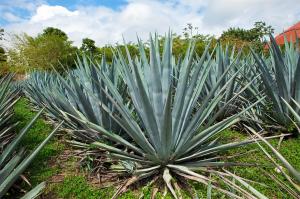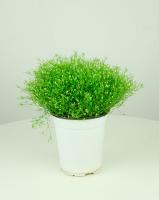Introduction
Planter walls can add visual interest and privacy to your outdoor space. However, if not properly waterproofed, they can also cause significant water damage to your home. In this article, we will discuss how to water proof a planter wall to ensure it remains functional and aesthetically appealing for years to come.
Assess the Current Condition of the Planter Wall
Before waterproofing the planter wall, it is essential to assess its current condition. Look for cracks, gaps, and other signs of wear and tear that may allow water to seep through. If you find any issues, repair them before proceeding with the waterproofing process.
Choose the Appropriate Waterproofing Material
There are several waterproofing materials available in the market, including liquid rubber, bitumen, and acrylic-based coatings. Be sure to choose a material that is designed for the specific needs of your planter wall. If you are unsure which material is best, consult with a professional contractor who specializes in waterproofing.
Prepare the Planter Wall Surface
To ensure that the waterproofing material adheres correctly, the planter wall surface must be clean and dry. Remove any debris or loose particles from the surface and wash it thoroughly. If there are any stubborn stains or mold growth, use a pressure washer or a cleaning solution to remove them.
Apply the Waterproofing Material
Once the planter wall surface is prepared, it is time to apply the waterproofing material. Follow the manufacturer's instructions and use the appropriate tools to apply the coating evenly. Be sure to apply the material to all areas of the wall, including joints and corners, to ensure complete coverage.
Allow the Waterproofing Material to Dry Properly
After applying the waterproofing material, allow it to dry completely before planting any flowers or plants. The drying time will depend on the type of material used and the weather conditions. Be patient and avoid rushing the process as it can compromise the effectiveness of the waterproofing.
Maintain the Waterproofing
Regular maintenance is essential to ensure the longevity of the planter wall's waterproofing. Inspect the wall periodically for any signs of wear and tear, and repair any issues immediately. Also, avoid using harsh chemicals or power washing the surface, as it can damage the waterproofing and cause water leakage.
Conclusion
By following these steps, you can ensure that your planter wall is properly waterproofed, enhancing its appearance and protecting your home from potential water damage. Remember to choose the appropriate waterproofing material, prepare the surface adequately, and maintain the wall regularly to enjoy its benefits for years to come.

 how many times do yo...
how many times do yo... how many planted tre...
how many planted tre... how many pine trees ...
how many pine trees ... how many pecan trees...
how many pecan trees... how many plants comp...
how many plants comp... how many plants can ...
how many plants can ... how many plants and ...
how many plants and ... how many pepper plan...
how many pepper plan...































